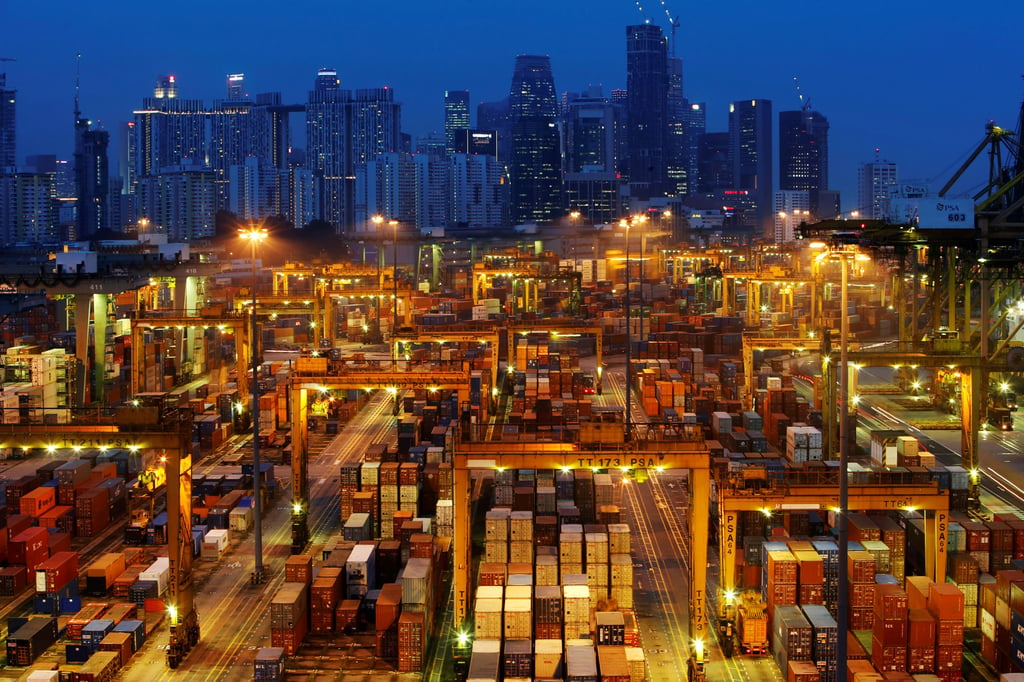Opinion | Sun Cable collapse a setback but not the end of Australia’s renewable energy export prospects
- Solar power project aimed to link Australia and Singapore through over 4,000km long undersea cable, to provide up to 15 per cent of city state’s electricity by 2030
- Developments show Australia still can attract enterprising and ambitious developers to exploit natural resources in a discovery process likely to benefit everyone

Sun Cable – considered to be the world’s biggest renewable energy export project – announced this week it had entered voluntary administration following “the absence of alignment” with shareholders.
It would see Darwin access 800 megawatts of additional electricity and Sun Cable could supply “up to” 15 per cent of Singapore’s electricity by 2030. To put this into context, Singapore’s annual electricity consumption is about one quarter of Australia’s.
While this prominent and well-funded project has gone into voluntary administration, those enthused about rapid decarbonisation and Australia’s renewable energy export potential need not despair. These events are part of the usual discovery processes.

What Sun Cable promises
Sun Cable offers an enticing possibility of putting Australia’s land, and the rays of sunshine that fall on it, to use in displacing gas for electricity production in a distant land. Singapore is keen to procure renewable electricity, and has limited ability to produce that electricity itself.
